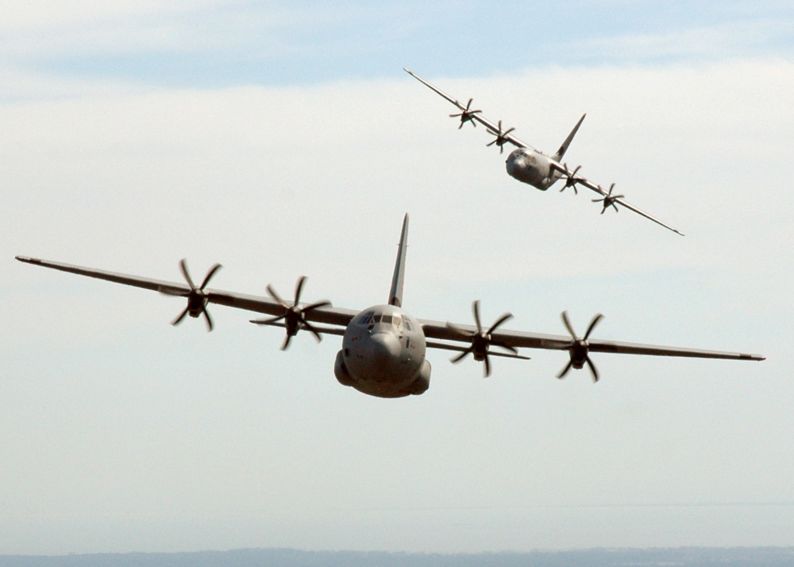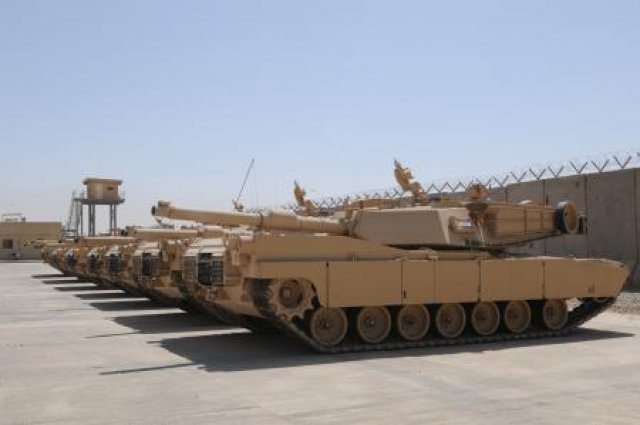NATO-led operations in Libya show NATO forces are flexible, open and strong, and also demonstrate the need for critical capabilities such as the unmanned aircraft supplied by the United States, NATO Secretary-General Anders Fogh Rasmussen said today.
“This was the first alliance operation where European allies and Canada took the lead, and the alliance got the job done,” Rasmussen told reporters during a briefing in Brussels on what NATO calls Operation Unified Protector.
“European allies and Canada led the air force,” he added, “but this mission could not have been done without capabilities which only the United States can offer. For example, drones, intelligence and refueling aircraft.”
Such capabilities are critical for all NATO allies, Rasmussen said, and include transport and strategic airlift capacity.
“More allies should be willing to obtain [such capabilities] and that is a real challenge,” he added. “We will have to find the solutions at the next NATO summit in Chicago.”
At the Lisbon Summit in Nov. 2010, NATO presented its third Strategic Concept since the end of the Cold War, defining the alliance’s 11 strategic priorities for investment over the next decade, including missile and cyber defense, and counter-IED technology.
From now until the May 2012 summit in Chicago, Rasmussen said, “we will try to identify a number of areas in which a group of countries could pool and share resources.”
Then in Chicago, he said, “hopefully, we can identify a number of elite nations that would carry forward these projects,” building on the priorities named in Lisbon.
“It will be a comprehensive defense package that will contribute to making more efficient use of our resources,” Rasmussen said, “but also aim at narrowing the economic and technological gap between the United States and Europe. That’s my ambition.”
In addition to highlighting such gaps, Operation Unified Protector shows the flexibility, openness and strength of NATO forces, the secretary-general said.
Though the operation is not over, it has an unprecedented United Nations mandate — the responsibility to protect the Libyan people — and NATO has implemented the mandate with unprecedented precision, Rasmussen said.
“No comparable air operation in history has been so accurate and so careful in avoiding harm to civilians,” he added, noting that the operation in five months has degraded a war machine that took more than 40 years to build.
“NATO and our partners will be there as long as we are needed but not one minute longer,” he said. “When we assess that the threat is over for good, we will conclude Operation Unified Protector. I cannot give a precise date, but I believe it will come soon.”
NATO began the operation on March 31 with the aim of protecting civilians and civilian-populated areas under attack or threat of attack by Libyan leader Moammar Ghaddafi’s military.
According to NATO, the mission consists of an arms embargo, a no-fly zone and actions to protect civilians. Since the operation’s start, NATO allies have conducted 21,662 sorties, including 8,140 strike sorties.
NATO’s operations commander is Canadian air force Lt. Gen. Charles Bouchard, who operates with his staff from the Allied Joint Force Command in Naples.
To support the arms embargo, 15 ships under NATO command are patrolling the central Mediterranean. They have hailed 2,500 vessels, boarding 258 and denying passage to 11.
Also since March 31, NATO has recorded 949 air, ground and maritime movements by international humanitarian assistance organizations to bring food, water and medical aid to the Libyan people.
“It is now [time] for the Libyan people to shape their future,” the secretary-general said.











